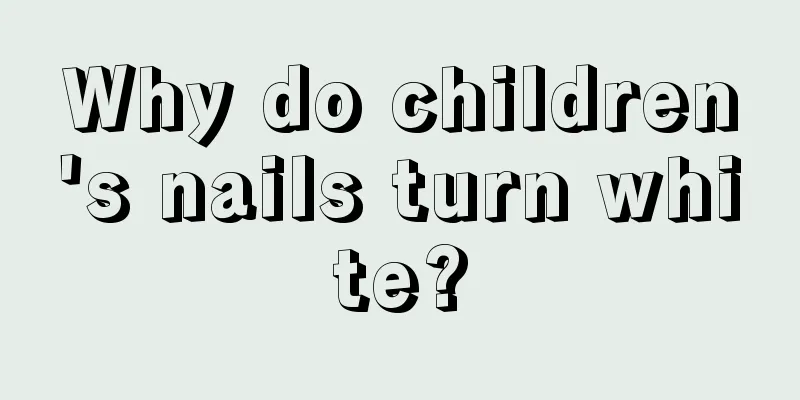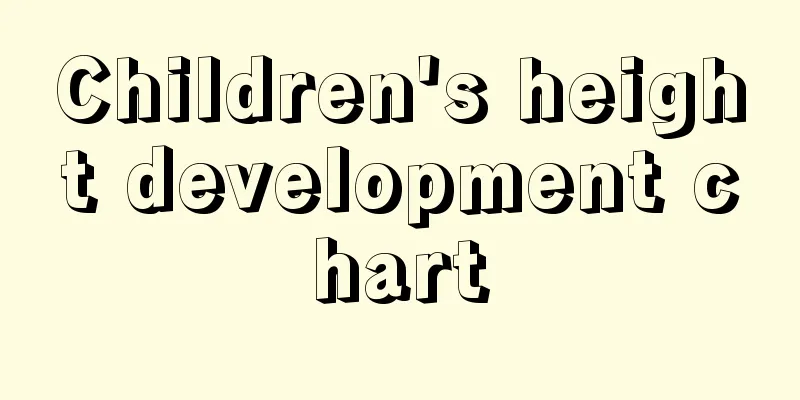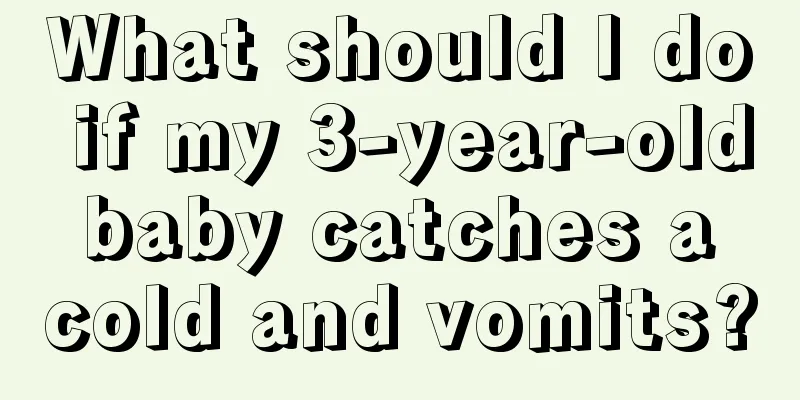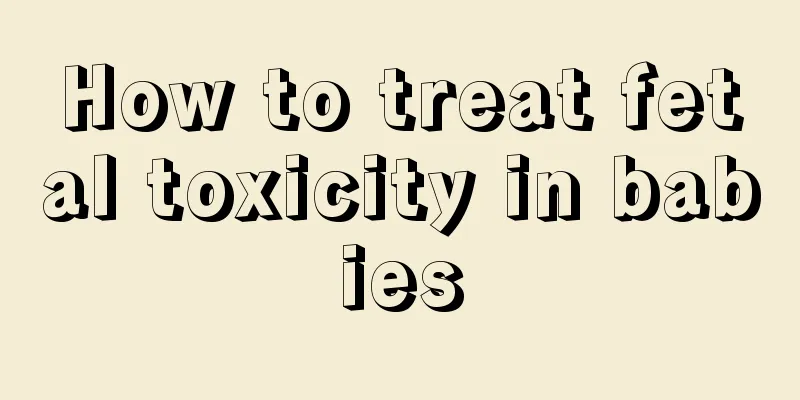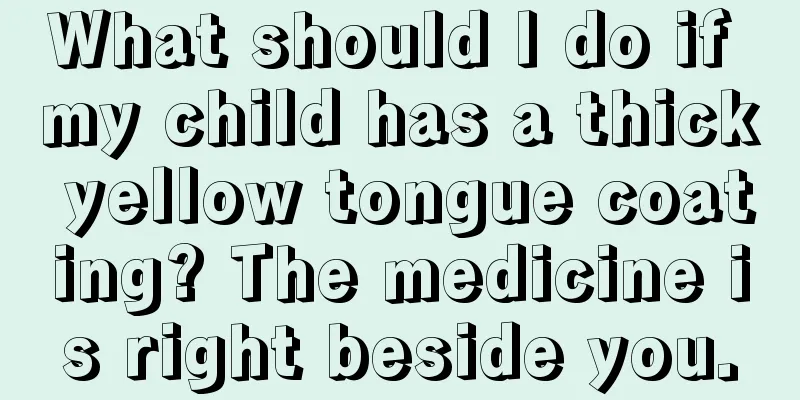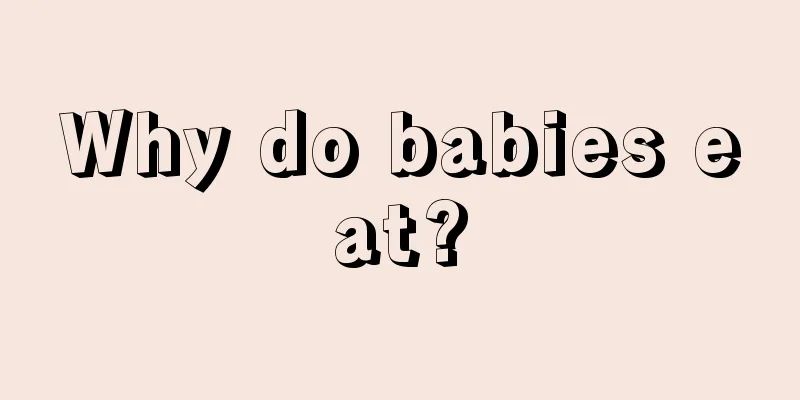Does Chinese medicine work for children's cough patches?
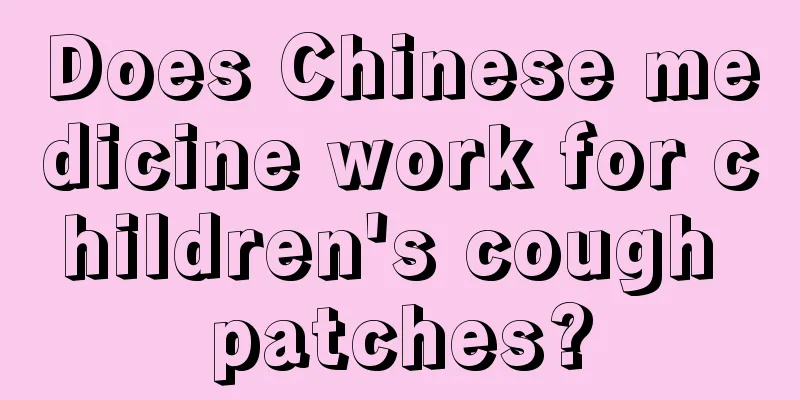
|
The country has now clearly stipulated that it is recommended not to use medication for children with fever and colds. Instead, they should use traditional Chinese medicine for regulation or fever-reducing patches, Chinese medicine patches, etc. There are already special cough patches for children. When applied to the belly button, the effect is very obvious. Children need to see a doctor in advance when they have a cough to prevent it from happening again. Don't wait until the condition becomes serious before going to the hospital, because it will be too late by then. Is Chinese medicine patch effective for children's cough? There is a certain effect. Dry and grind almonds, Fritillaria cirrhosa, ephedra and salt into fine powder respectively. After grinding the salt, heat it in a pot. Sprinkle the roasted salt and powder evenly on the plaster (either analgesic plaster or black plaster). The plaster mainly plays a fixing role. Then apply it to the Tanzhong and Feishu points between the lungs, 1 patch per day, 3 days as a course of treatment. Almond is an important medicine for relieving cough and asthma, Fritillaria cirrhosa is good at moistening the lungs, relieving cough and reducing phlegm, and ephedra can enhance the anti-asthmatic effect. Herbal books of all dynasties state that "Ephedra is a special medicine for the lung meridian and is often used to treat lung diseases." Salt can clear away heat and dissipate cold, and guide the medicine into the body. The above medicines are combined and applied to the acupuncture points. The meridian points spread from the surface to the inside. Tanzhong point is the meeting point of Qi, which can regulate Qi, reduce adverse effects, resolve phlegm and open up the orifices. The Feishu point is the back-Shu point of the lung, and is an important point for treating cough and asthma. This therapy stimulates the acupuncture points from the outside to the inside, dispersing and moving the medicine so that it reaches the diseased area directly. The medicine is specific, the therapeutic effect is significant, and no adverse reactions are observed. Nursing intervention methods ① Pre-medication care: Ask the child's parents about the child's history of allergies to Chinese medicine. Remember that Chinese medicine should be prepared and used immediately. It is forbidden to use Chinese medicine ointments that have been stored for too long to avoid drug deterioration due to hot weather. Before applying the patch, wipe off the sweat on the skin and keep the skin dry. When applying the patch, expose the acupoints and make relevant marks. Align the prepared patch with the acupoints and fix them. Explain the length of the application time to the parents of the child. ② Care during the application period: Instruct the child to rest, avoid extensive activities, avoid fatigue, and do appropriate physical exercise. Pay attention to keeping warm, avoid the stimulation of cold air, and prevent respiratory infections. Pay attention to observe the condition of the disease during treatment. Pay attention to observe the general condition of the child during the application of Chinese medicine. Some children will feel itchy, hot, and slightly painful after applying the medicine. If it is within the tolerable range, it is normal. Skin pigmentation after application is a normal reaction. A few children may have blisters, rashes and itching on their skin. When such symptoms occur, the children should be told to avoid scratching, and the Sanfu plaster should be torn off immediately. Calamine lotion can be applied locally to prevent infection. ③ Post-medication care: After the Chinese medicine patch is applied, the child should eat mainly light and easily digestible food, and eat less raw, cold and hard food; avoid seafood, hair-raising foods and spicy and irritating foods; when cold asthma occurs, you can eat warm and nutritious foods, such as hen stewed with ginseng; pay attention to keeping the bowels open. After removing the Chinese medicine patch, pay attention to keeping the skin clean. You can do local scrubbing or bathing, but do not rub it hard. After showering, use a towel to absorb the water stains on the acupuncture points. Generally, after removing the Chinese medicine patch, local skin flushing and a warm feeling will occur. If the skin flushes significantly and the heat and pain are severe, blisters may appear. Small blisters that are densely packed do not need to be treated. Avoid local friction to prevent rupture. If larger blisters appear, routine disinfection should be performed, and the exudate should be extracted with a syringe to keep the skin dry to prevent infection and reduce the time for the next acupoint application. |
<<: What causes itchy backs in children?
>>: How long does it take for a child to have a fracture?
Recommend
What to do if your child has a fever and refuses to take medicine
Babies always have a poor appetite and refuse to ...
What are the symptoms of rhinitis in children? These manifestations are the most common!
Children are very prone to rhinitis. For example,...
What is the cause of red bloodshot and yellow eye mucus in children's eyes?
Children will encounter various physical changes ...
Diet therapy for recurrent cough in children
Recurrent coughing in children is a common diseas...
Is it normal for newborns not to cry?
One of the most troublesome problems for parents ...
How to treat children’s sore throat?
It is normal for children to have sore throats. M...
What is the reason why children's tonsils are always inflamed?
For children, if their tonsils are always inflame...
Why is my baby breathing heavy?
For babies, no matter what kind of problems the h...
What should I do if my child has a hunchback?
If a child has a hunchback, it should be correcte...
What should I do if my newborn baby has cold hands?
Some newborns have cold hands. In many cases, thi...
What are the reasons why babies have difficulty falling asleep?
Baby sleeping is a problem that many mothers worr...
What to do if a one-year-old child has poor digestion
I believe everyone has encountered poor digestion...
How to regulate children’s fever in the morning and evening?
Many children are very susceptible to illness bec...
What are the benefits of drinking milk for children?
Many people know that milk is rich in protein and...
Does your child have allergic rhinitis?
Allergic rhinitis in children is a very common di...
